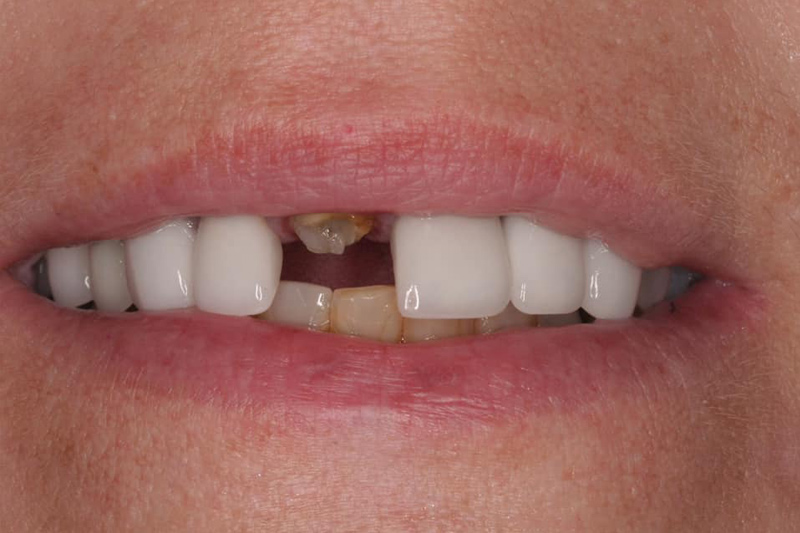Oral Cancer Screening in Rush City
Oral cancer most commonly involves:
- The front 2/3 of the tongue
- The lining of the cheeks and lips (the buccal mucosa)
- The floor of mouth under the tongue
- The roof of the mouth (hard palate)
- The gums (gingiva)
- The small area behind the wisdom teeth (the retromolar trigone)
- The minor salivary glands
Most oral cancers look very similar under the microscope and are called "squamous cell" carcinomas. These are malignant and tend to spread rapidly.
SQUAMOUS CELL CARCINOMA
Squamous epithelium is the tissue that lines the mouth, throat, tongue and tonsils. These tissue cells are irregularly shaped and very flat. Squamous epithelium also lines other body cavities and capillaries to reduce friction, as well as lining the lungs to facilitate gas exchange.
Carcinoma is any malignant cancer that arises from epithelial cells. Carcinomas invade surrounding tissues and organs and may "metastasize"., or spread, to lymph nodes and other sites.
Metastasis is the spread of a disease from one organ or body part to another non-adjacent organ or body part. Only malignant tumor cells and infections have the capacity to metastasize. Cancer cells can "break away", "leak", or "spill" from a primary tumor, enter lymphatic and blood vessels, circulate through the bloodstream, and settle down to grow within normal tissues elsewhere in the body.
Oral Cancer is often detected late in development, when the possibility of metastasis is much greater. Like most cancers, cancer of the lip and oral cavity is best treated when found early - when cure rates are greater than 80%.
Determination of the stage of cancer in the lip or oral cavity is important in order to plan the best course of treatment.



